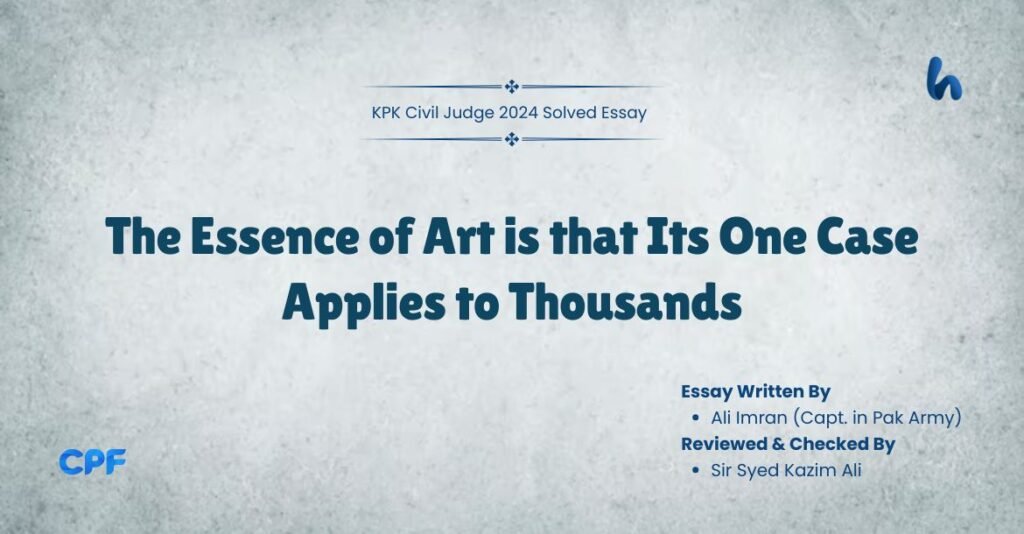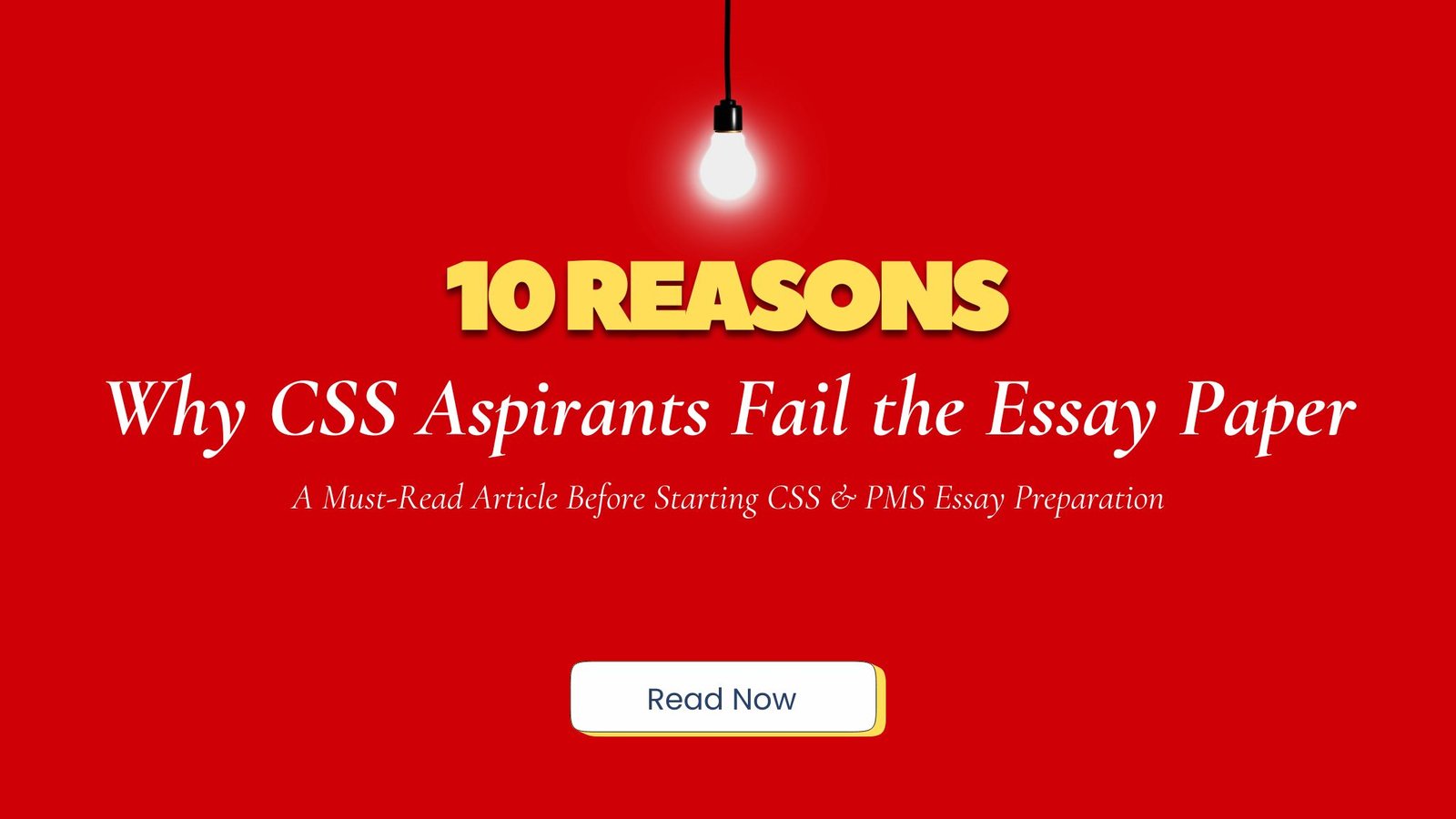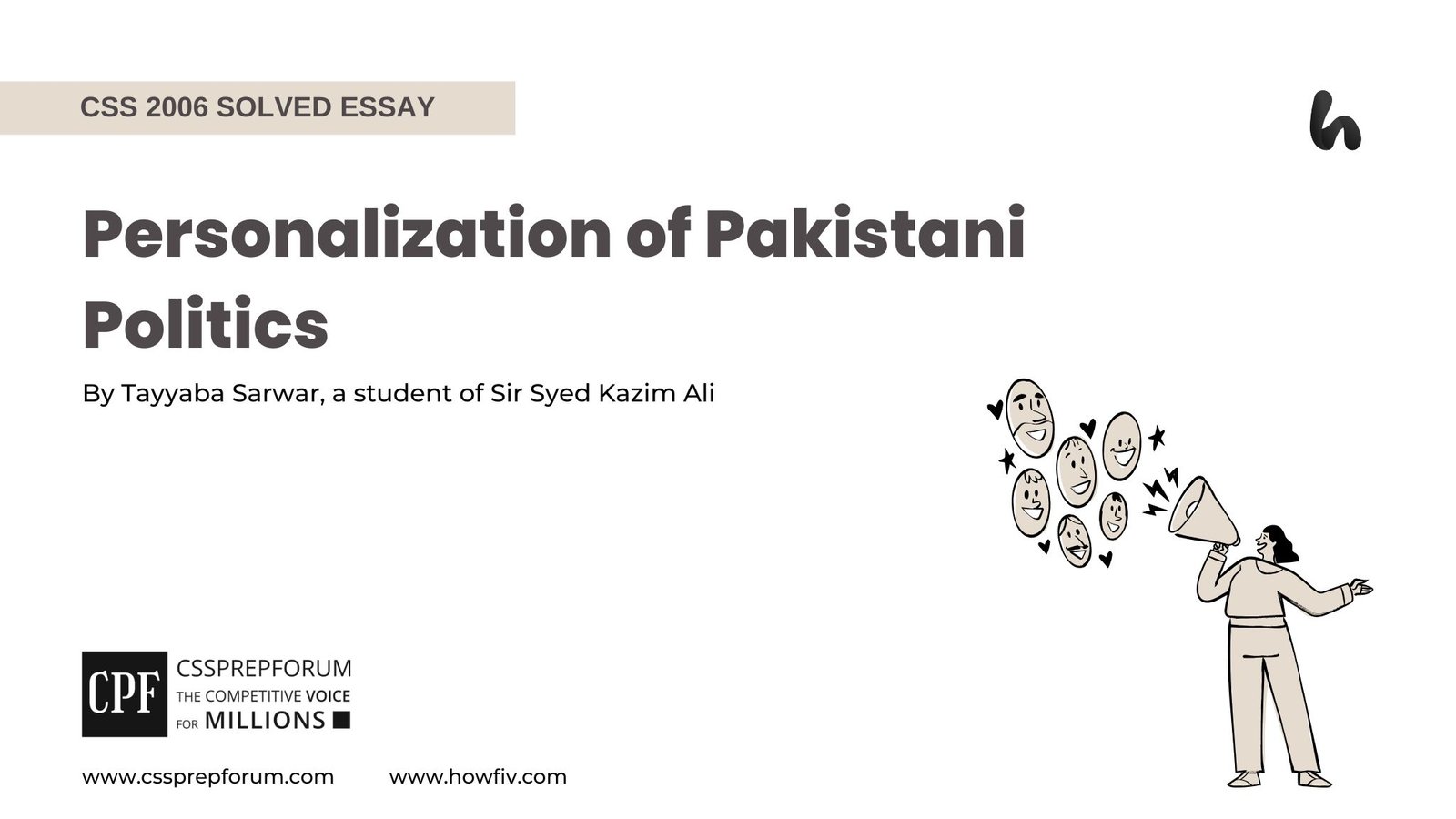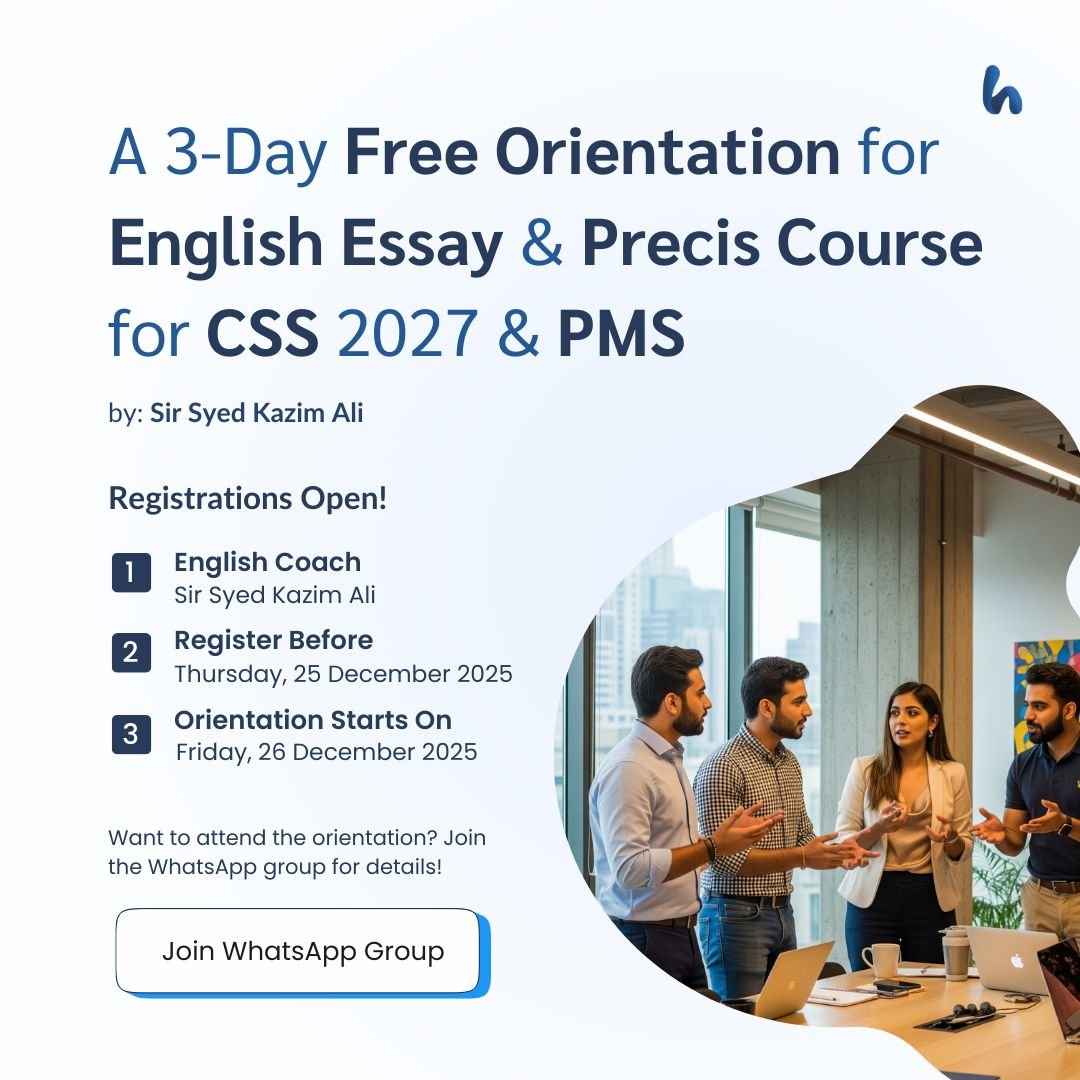Capt. Ali Imran, a Sir Syed Kazim Ali student, has attempted the Civil Judge KPK 2024 Five Paragraph Essay “The Essence of Art is that Its One Case applies to Thousands“ on the given pattern, which Sir Syed Kazim Ali teaches his students. Sir Syed Kazim Ali has been Pakistan’s top English writing and CSS, PMS essay and precis coach with the highest success rate of his students. The essay is uploaded to help other judiciary and competitive aspirants learn and practice essay writing techniques and patterns to qualify for the essay paper.

The Essence of Art is that Its One Case Applies to Thousands
Outline
1- Introduction
Although the essence of art is rooted in the subjective and linked to individual perception, art functions as a vessel for universal truths, proving that one singular instance can illuminate the realities of thousands by surpassing cultural, temporal, and personal confines.
2- How does art navigate between personal experience and collective understanding?
- ✓Art as a Medium of Universal Truth
- Evidence: Plato, in “The Republic,” argues that art reflects deeper truths through imitation (mimesis), revealing an ideal reality that individuals intuitively recognize despite its subjective origins.
- ✓The Dialectic Between the Subjective and the Objective
- Evidence: Hegel, in “Aesthetics,” describes art as the “sensuous manifestation of the Absolute,” asserting that the singular artistic creation participates in the universal unfolding of human self-awareness.
4-If art is inherently tied to individual perception, can it ever truly be universal?
- ✓Counterargument: Some argue that art is irreducibly subjective; each viewer experiences it uniquely, making its universal applicability illusory.
- Refutation: However, the very act of diverse interpretations does not negate universality; instead, it reinforces art’s transcendental function. Art’s universality lies not in uniformity of understanding but in its capacity to evoke meaning across infinite perspectives.
5- Conclusion
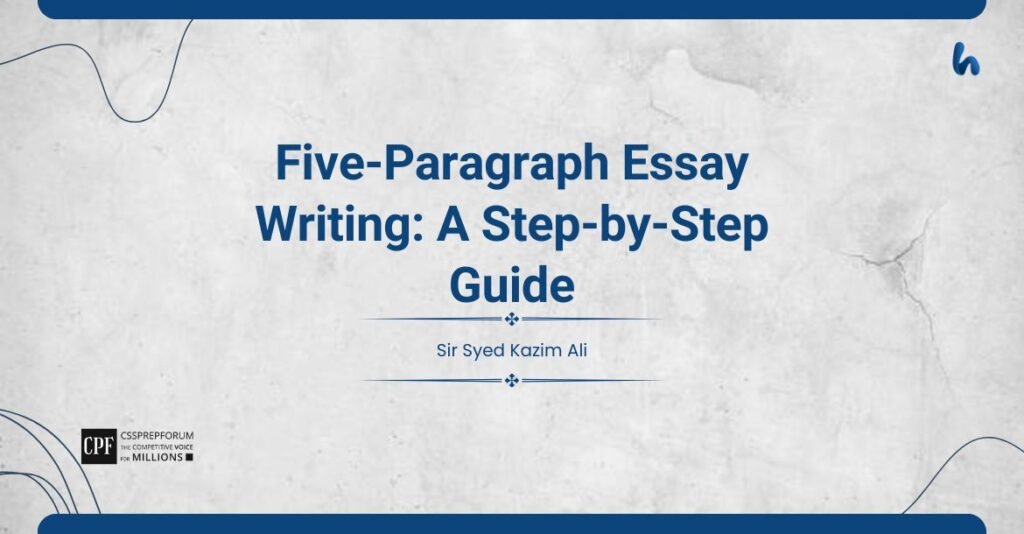
The Essay Begins Below!
“Art does not reproduce the visible; rather, it makes visible.” – Paul Klee. This profound observation underscores the transformative power of art, which revolves around mere representation to reveal deeper, often unseen dimensions of reality. While artistic creation is inherently personal, shaped by the individual’s unique experiences and perceptions, its true power lies in addressing universal metaphysical, existential, and ethical concerns. In its various forms, art becomes a medium through which shared human truths are conveyed, offering a mirror to the collective consciousness. Although the essence of art is rooted in the subjective and linked to individual perception, art functions as a vessel for universal truths, proving that one singular instance can illuminate the realities of thousands by surpassing cultural, temporal, and personal confines.
Explaining the main point, art serves as a powerful medium for universal truth by distilling subjective experiences into abstract forms that resonate deeply with the collective consciousness. Plato, in The Republic, asserts that art functions through imitation (mimesis), reflecting deeper truths and revealing an ideal reality that individuals, despite their personal perspectives, intuitively recognize. This philosophical stance suggests that while art originates from personal experiences, its ability to go beyond these individual limits is what allows it to convey universal truths. For example, the artistic representation of suffering, love, or alienation captures not just a singular emotion but an archetype of the human condition – one that others instinctively identify with. This process transforms individual expression into a shared metaphysical reality, thereby making art a bridge between the personal and the universal.
Moreover, though deeply rooted in a cultural and personal context, artistic expression functions dialectically. It transforms the personal into an objective experience through form, symbolism, and aesthetic structure. Hegel, in Aesthetics, describes art as the ‘sensuous manifestation of the Absolute,’ contending that each singular artistic creation participates in the universal unfolding of human self-awareness. This perspective suggests that art does not simply convey personal experience but actively engages with broader, transcendent truths. Rather than negating its particularity, art achieves universality by presenting individual emotions and ideas in such a way that they resonate with a transhistorical audience. Based on their own existential framework, each observer extracts meaning from a single artistic expression, thus demonstrating how subjective creation can evoke collective, objective insights across time and space.
Except to these, a common counterargument posits that if art is inherently tied to individual perception, it can never truly be universal. Some argue that art is irreducibly subjective, with each viewer experiencing it uniquely, thus rendering its universal applicability illusory. However, this diversity of interpretations does not negate universality; instead, it reinforces art’s transcendental function. Art’s universality does not lie in the uniformity of understanding but in its capacity to evoke meaning across infinite perspectives. Jean-Paul Sartre, in “What is Literature?”, asserts that the reader or viewer actively co-creates meaning, ensuring that even the most personal works attain universality through their reception. This collaborative process between artist and audience affirms art’s ability to transcend individual experiences, creating a shared yet multifaceted engagement with universal themes.
In conclusion, art is not limited by the singularity of its origin; rather, its true nature is revealed through its ability to speak to the collective consciousness. By manifesting metaphysical truths, art transcends its subjective creation, resonating with universal themes that touch on shared human experiences. Operating dialectically between the personal and the collective and allowing infinite interpretations, art ensures that a single instance can apply to thousands. Philosophical thought, as seen in the works of Plato and Sartre, emphasizes that art’s true power lies in its capacity to evoke universal meaning from personal experience. In conclusion, while philosophy seeks truth through reason, art seeks it through form, both disciplines proving that what is deeply individual is, in its essence, profoundly universal.
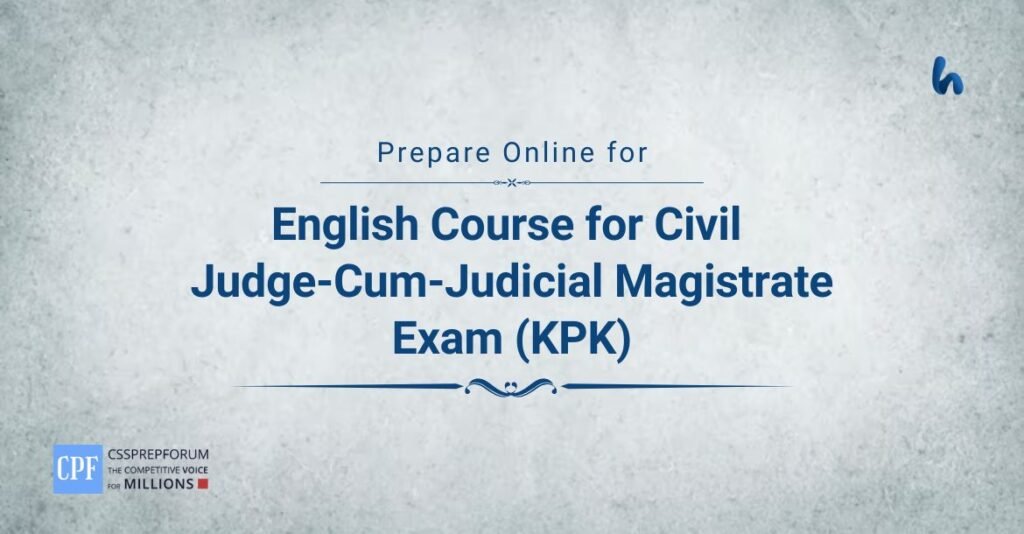
Click on Any to Start Reading
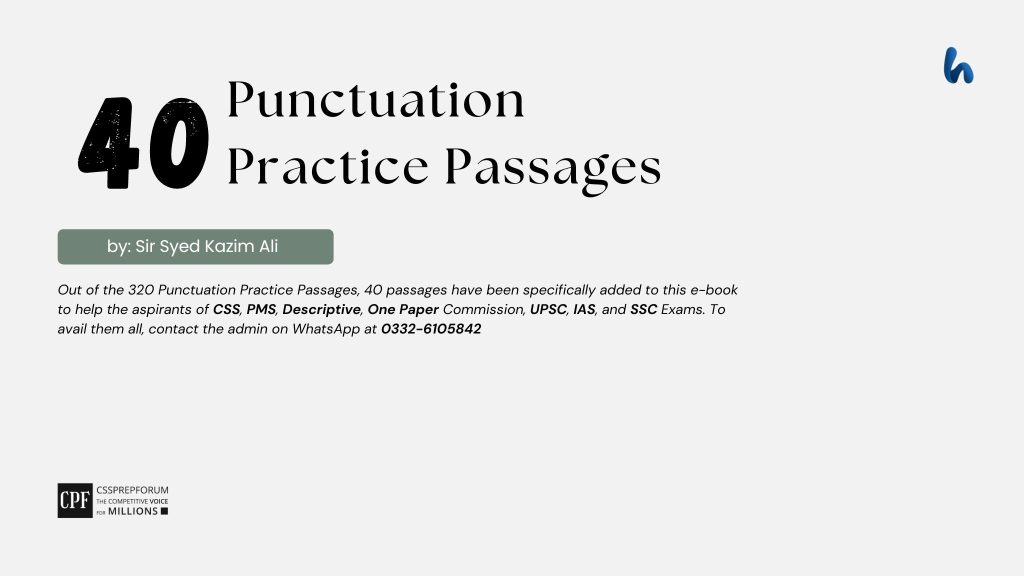
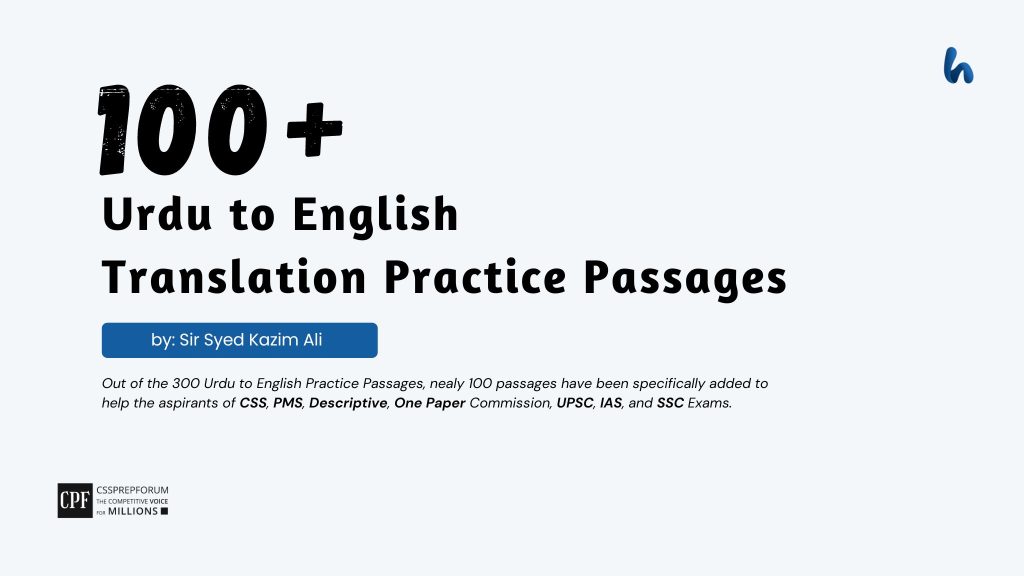
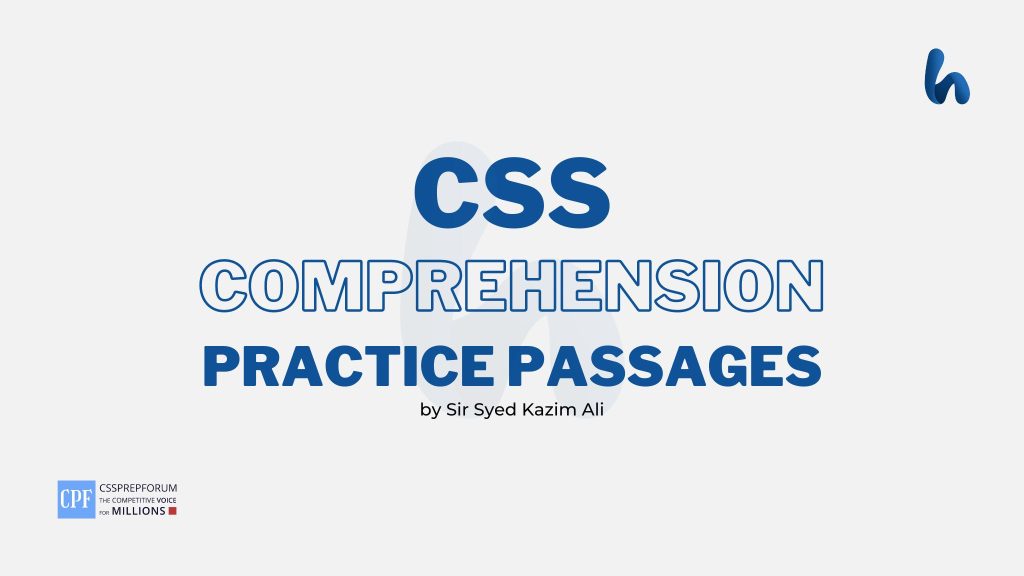
FAQs About Sir Syed Kazim Ali

CSS Solved Past Papers’ Essays
Looking for the last ten years of CSS and PMS Solved Essays and want to know how Sir Kazim’s students write and score the highest marks in the essays’ papers? Then, click on the CSS Solved Essays to start reading them.
CSS Solved Essays
CSS Solved General Science & Ability Past Papers
Want to read the last ten years’ General Science & Ability Solved Past Papers to learn how to attempt them and to score high? Let’s click on the link below to read them all freely. All past papers have been solved by Miss Iqra Ali & Dr Nishat Baloch, Pakistan’s top CSS GSA coach having the highest score of their students. General Science & Ability Solved Past Papers

